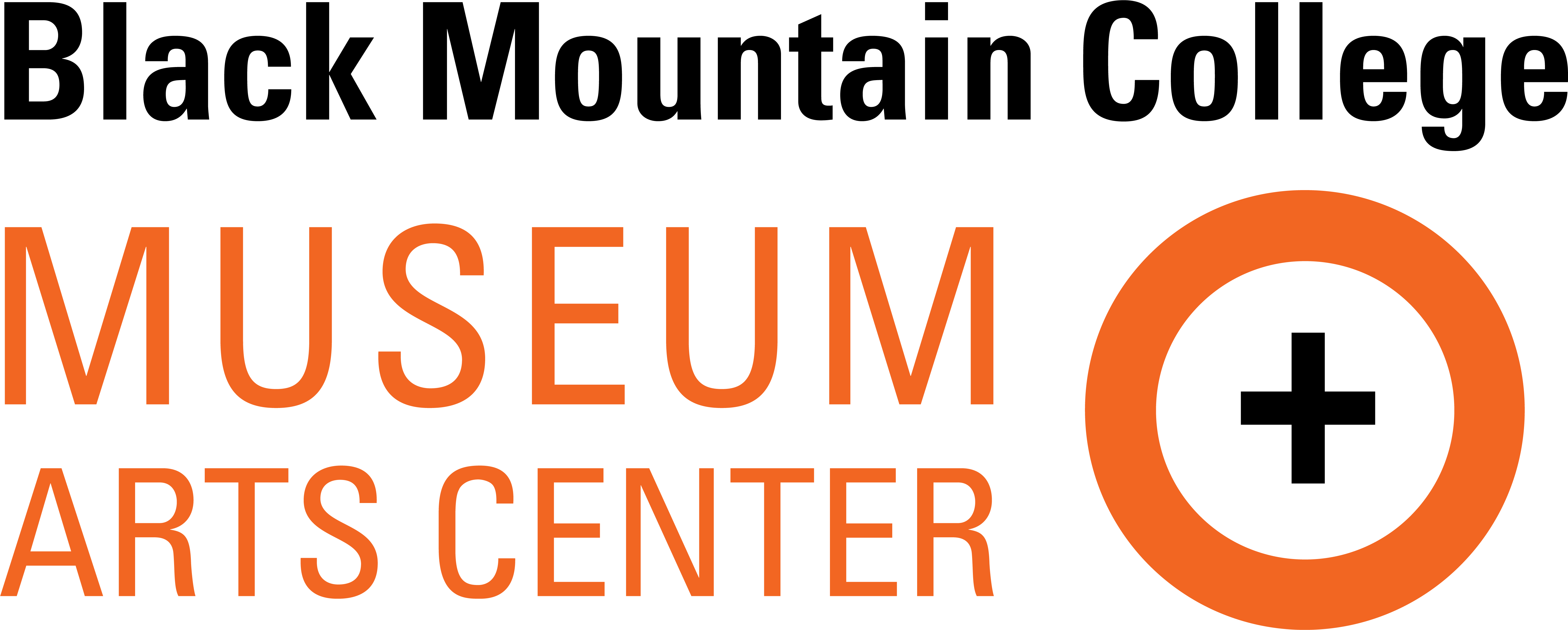Josef Albers

Joseph Albers, photographed by Helen Post Modley. Courtesy of Western Regional Archives.
Albers enjoying a watermelon. Photograph by Brunnell.
FOCUS
Art/ Design/ Craft
ROLE
Faculty, Admin
ATTENDANCE
1933 - 1949
BIRTH
1888-03-19
Bottrop, Germany
DEATH
1976-03-25
New Haven, CT
Josef Albers was born in Bottrop, Germany. In 1905 he enrolled in a seminary at Beuren, and began teaching elementary school in 1908. He created his first abstract painting in 1913 while enrolled at the Royal Art School in Berlin. He produced his first lithographs and woodcuts at the School of the Applied Arts in Essen.
In 1920 Albers gave up his position as a teacher in order to become a student at the Bauhaus in Weimar. After taking preliminary courses, Albers began to make ""glass pictures."" On the strength of his glass work, he was asked to organize the glass workshop.
Within three years Albers became a member of the faculty at the Bauhaus and between 1928 and 1930 he was the head of the furniture workshop. When the Bauhaus moved to Berlin in 1932, Albers was placed in charge of the preliminary courses. Twenty of his glass pictures were included in the Exhibition of Bauhaus Masters of 1929.
In 1933 the Bauhaus was closed by the Nazis and, on the recommendation of Philip Johnson at the Museum of Modern Art, Josef Albers was hired to head the art department at Black Mountain College in North Carolina. He and his wife Anni Albers served as faculty at the College until 1949.
Albers was named visiting professor at the Graduate School of Design at Harvard University and Director of the Department of Design at Yale University in 1950.
Josef Albers was noted as an important teacher, artist and color theorist. His book Interaction of Color was published in 1963 and is still used in college art classes around the world.
















